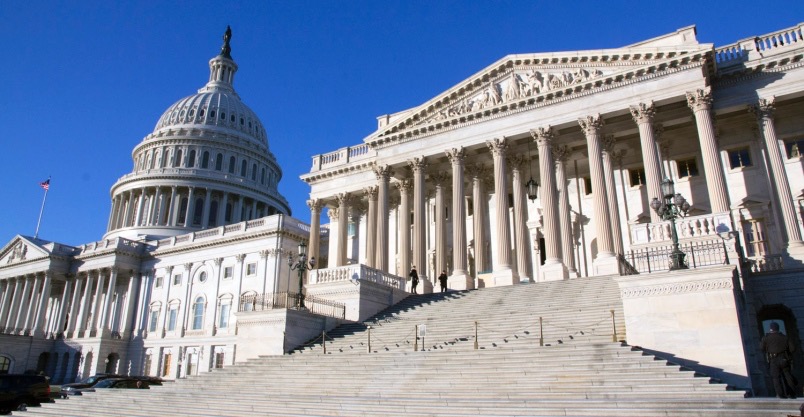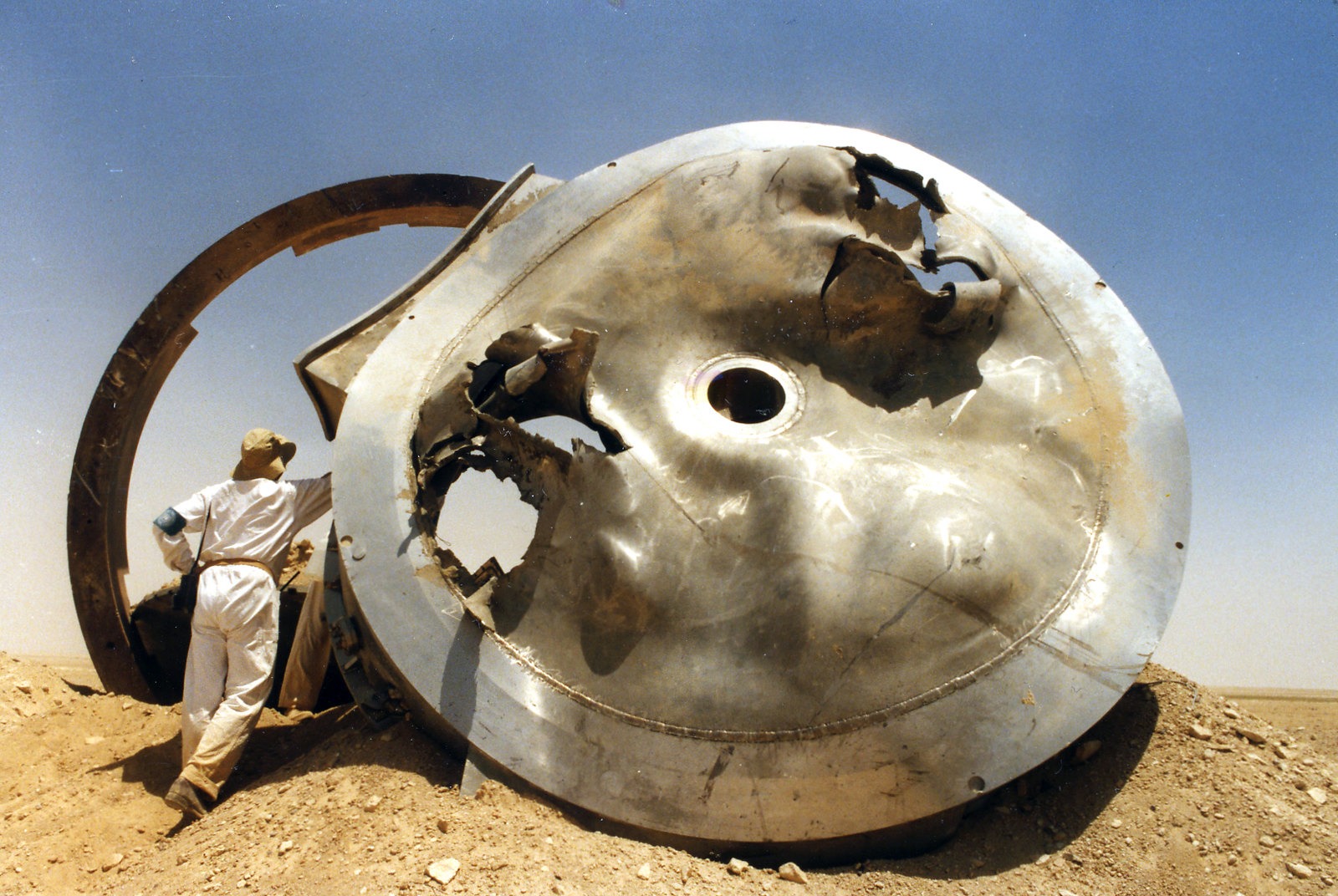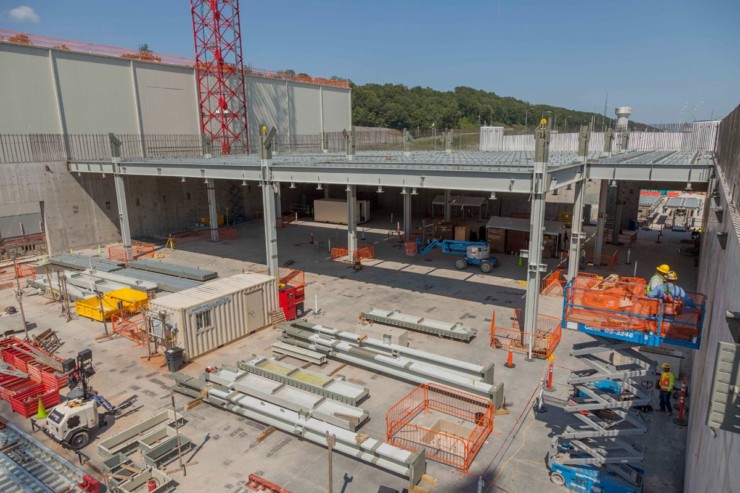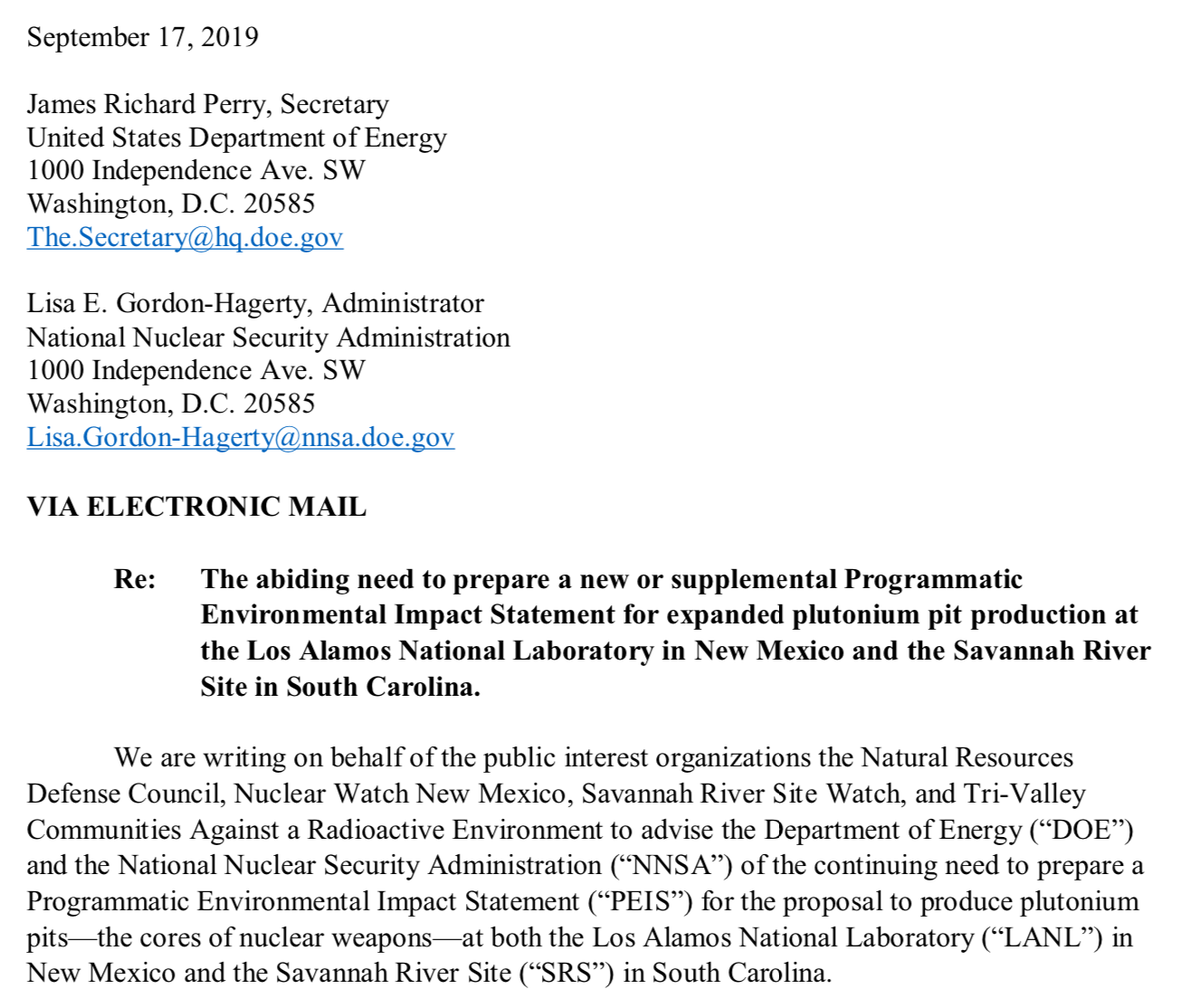There’s not a lot of confidence out there about the prospects for a 2020 budget agreement. “A stripped down mini-NDAA may be all that could pass this year for defense,” says one long-time budget watcher.
BY COLIN CLARK | breakingdefense.com

WASHINGTON: As the House of Representatives gears up to impeach President Trump, it’s getting harder and harder for anyone involved in defense to get a hearing with leadership, and the chances for a defense appropriations bill appear to be getting smaller every day.
While the chances for a second year of regular order (actually passing spending and major policy bills) already seemed unlikely, impeachment is sucking the oxygen out of the room, leaving regular order gasping for air. President Trump’s decision to take $3.6 billion from military construction accounts to build the so-called wall along the border with Mexico probably killed the chances for a defense spending bill. Add impeachment and the experts say abandon hope, all ye who enter the Capitol.










